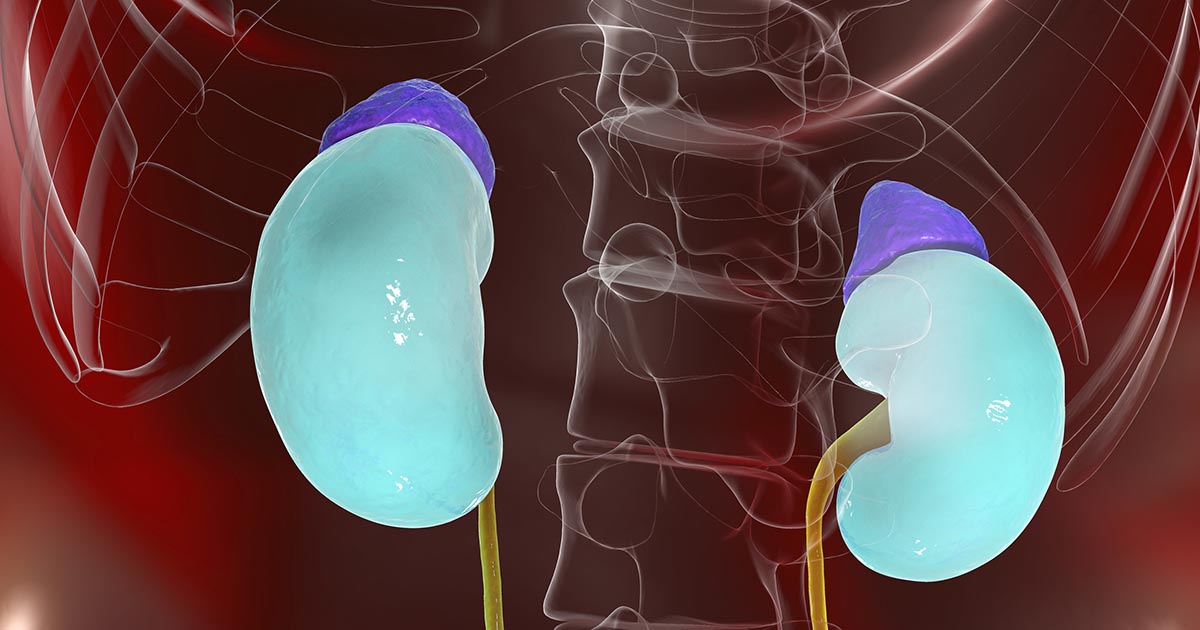What Are The Types Of Leukodystrophy?
Leukodystrophy is an umbrella term that encompasses a group of rare genetic, metabolic, progressive diseases that cause problems with an individual's brain, peripheral nerves, and spinal cord. Leukodystrophy occurs because the myelin sheath or white matter in the brain has developed abnormally or been destroyed due to a particular gene mutation. White matter and myelin sheath are terms used to describe the substance that provides a protective and conductive covering for the nerve cells.
Similar to the way electrical wiring malfunctions without the protective plastic or rubber covering, the nerves in an individual's brain and central nervous system also malfunction without enough myelin sheath or white matter. Different components make up the myelin sheath that surrounds an individual's nerves. Each variation of leukodystrophy has adverse effects on one or more of these components, effectively producing the range of symptoms and adverse neurological effects.
Krabbe Disease

Krabbe disease is an uncommon and usually fatal disorder that falls into the classification of leukodystrophy and primarily affects the nervous system. Individuals affected by Krabbe disease do not make enough galactosylceramidase, the substance required to produce the myelin sheath that protects the nerves. Krabbe disease primarily affects infants, and most infants with it will not live past two years old. Early-onset Krabbe disease produces symptoms such as fevers, vomiting, feeding problems, excessive crying, seizures, poor coordination, muscle spasms, loss of head control, muscle tone changes, deafness, and blindness.
Late-onset Krabbe disease produces symptoms such as blindness, problems walking, poor hand coordination, rigid muscles, and muscle weakness. Diagnosis of Krabbe disease is made using blood tests, tissue biopsies, MRI scans, nerve conduction studies, eye examination, and genetic testing. Treatment consists of medications to ease symptoms, bone marrow transplant, and cord blood transplant.
X-Linked Adrenoleukodystrophy

X-linked adrenoleukodystrophy (X-ALD) is an inherited type of leukodystrophy where an individual loses the myelin sheath on the nerves in their spinal cord and brain, which has adverse effects on the adrenal glands. Patients are also known to exhibit the deficiency of adrenal hormones as a result of the degeneration of their adrenal glands. Three different forms of X-ALD exist: adrenomyeloneuropathy, adrenal-insufficiency-only, and the childhood cerebral form. All three forms of X-ALD are caused by an inherited x-linked mutation in the ABCD1 gene.
There are a range of symptoms different forms of X-ALD can produce, but collectively, the most common symptoms include seizure, learning disabilities, deafness, fatigue, weakness, urinary problems, leg stiffness, decreased appetite, increased skin pigment, vomiting, headaches, paralysis on one side of the body, and problems speaking. A blood test on long-chain fatty acids, genetic testing, and an MRI can help a physician make a diagnosis of X-ALD.
